Animals
-
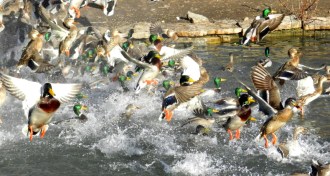 Animals
AnimalsDucks may like water, but they don’t use it to navigate
Scientists tracking ducks in Illinois with radar found that the waterfowl didn’t bother using a river to navigate their way south.
-
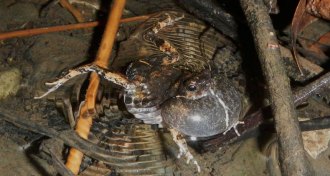 Animals
AnimalsBats hunt ballooning túngara frogs by echolocation
Bat echolocation tracks the billowing vocal sacs of male túngara frogs.
By Nsikan Akpan -
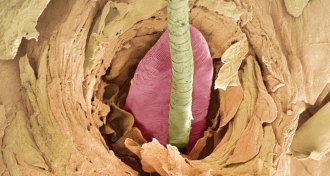 Health & Medicine
Health & MedicineTiny mites are probably crawling all over your face
Two skin mites, relatives of spiders, might populate the faces of all adult humans, according to a DNA survey.
By Nsikan Akpan -
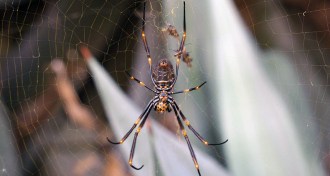 Animals
AnimalsSpiders get bigger in the big city
City-living golden orb-weaving spiders tend to be bigger than those that live in the countryside, a new study finds.
-
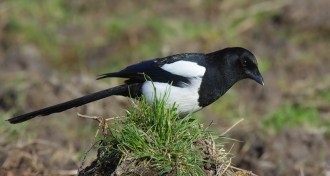 Animals
AnimalsMagpies don’t like shiny things
Magpies’ reputation as thieving birds that will steal shiny objects is all wrong, a new study finds.
-
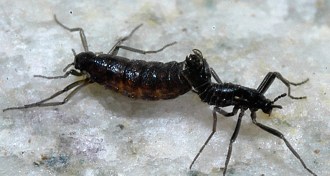 Animals
AnimalsAntarctic midge sports tiniest insect genome
Antarctic midge‘s genetic minimalism achieved by skipping a lot of repetitive stretches.
By Susan Milius -
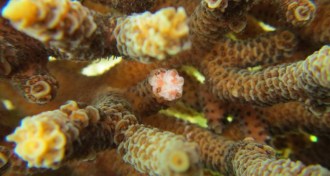 Animals
AnimalsCorals, fish know bad reefs by their whiff
Compounds drifting off certain overgrown seaweeds discourage young corals and fish from settling in failing reefs.
By Susan Milius -
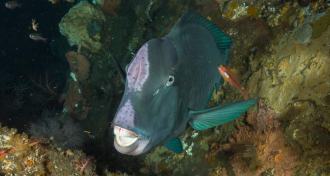 Animals
AnimalsBumphead parrot fish declare their arrival with a crunch
Months of swimming with the coral-biter bumpheads exposes the animal’s extreme digestion and also a conservation dilemma.
By Susan Milius -
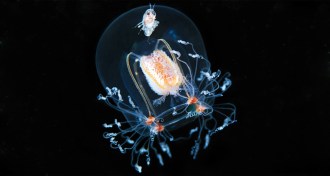 Animals
AnimalsSeeing past the jellyfish sting
Jellies don’t get nearly as much love as their cousins, the corals, but they deserve credit for providing homes to some creatures, dinner to others and more. They’re an integral part of the oceans.
By Susan Milius -
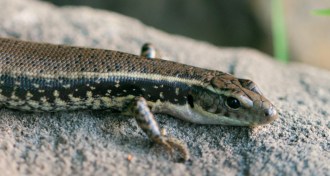 Animals
AnimalsThese lizards may be able to learn from each other
An experiment with skinks provides the first evidence of social learning in lizards.
-
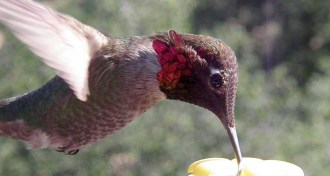 Animals
AnimalsHummingbirds evolved a strange taste for sugar
While other birds seem to lack the ability to taste sugar, hummingbirds detect sweetness using a repurposed sensor that normally responds to savory flavors.
-
 Animals
AnimalsOrcas and other animals may speak with complexity
From finches to orangutans, animal vocalizations may be more complex and not as distant from the structure of human language as previously thought.